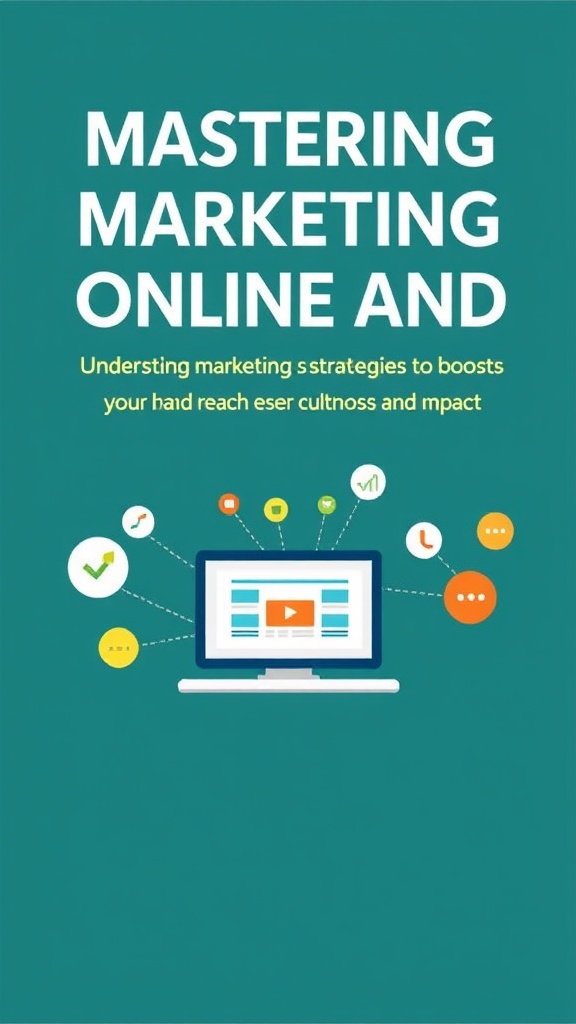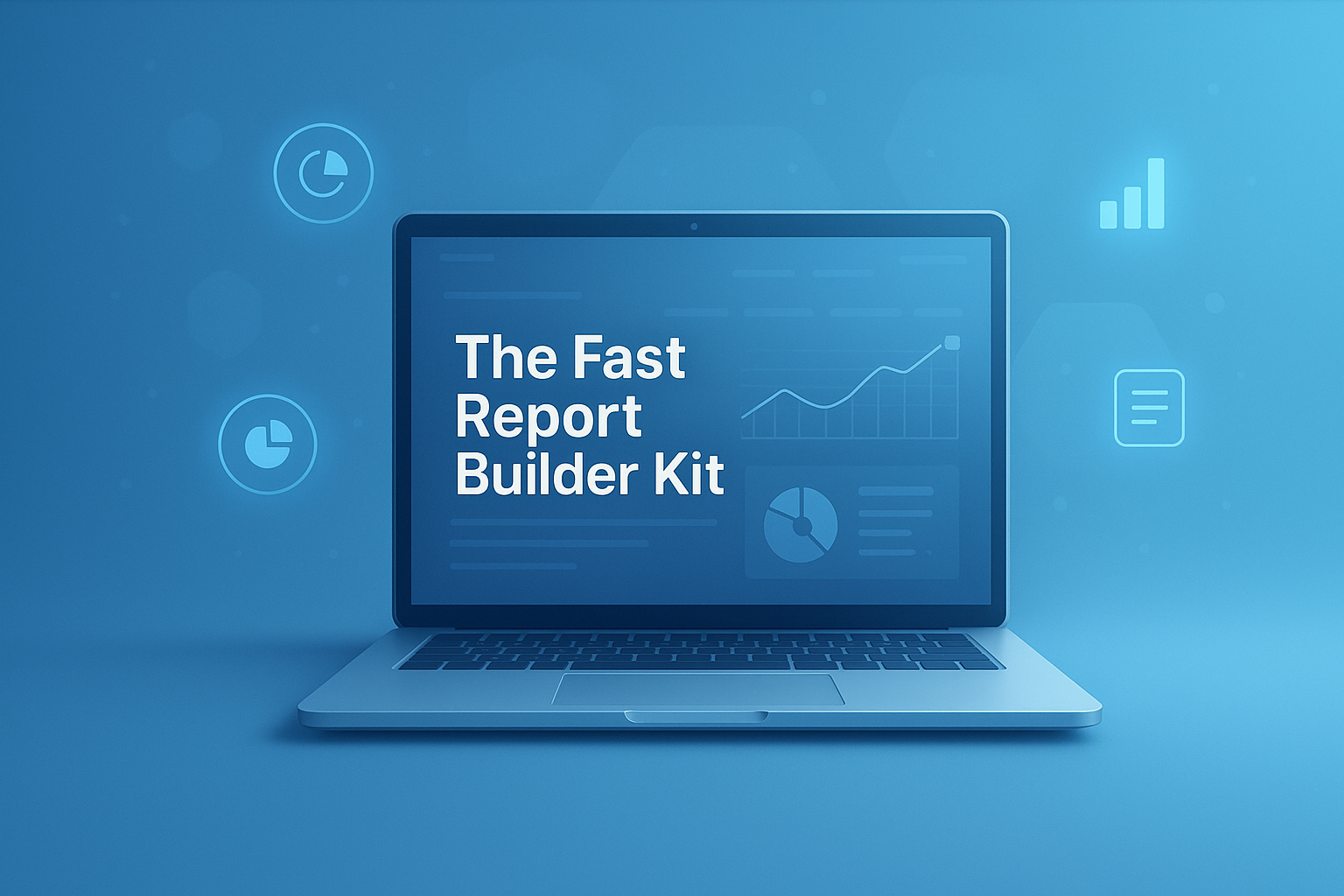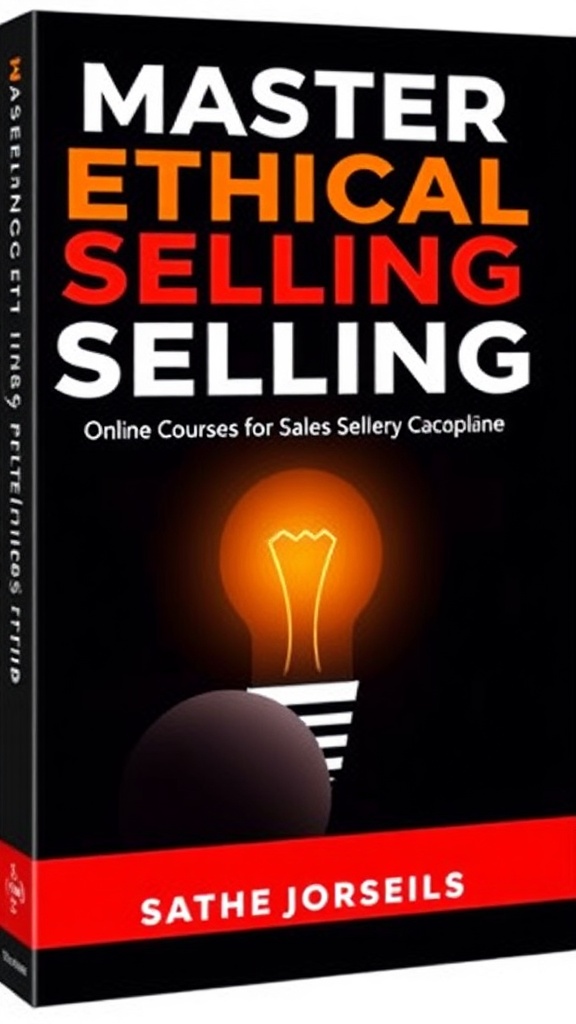Mastering Marketing Online and Offline: Strategies to Boost Your Brands Reach and Impact
Mastering Marketing Online and Offline: Strategies to Boost Your Brand’s Reach and Impact
Introduction
In my experience with marketing online and offline, I've found that successfully boosting a brand’s reach requires a balanced approach that combines digital innovation with traditional methods. Over the years, I've been researching how to effectively blend these two worlds, and I want to share what I've learned about mastering marketing online and offline. From what I've experienced, understanding the unique strengths of each channel and knowing when to leverage them can make a significant difference in your marketing outcomes.
In my journey, I’ve discovered that many marketers tend to focus heavily on digital strategies, sometimes overlooking the power of offline marketing. Conversely, some brands rely solely on traditional methods, missing opportunities online. I believe that integrating these approaches—what I call mastering marketing online and offline—is essential for creating a comprehensive marketing plan that truly amplifies your brand’s impact. I want to guide you through practical strategies to help you excel in both realms and achieve your business goals.
Understanding Marketing Online and Offline
The Foundations of Marketing Online and Offline
In my experience, I’ve learned that marketing online and offline each have their unique advantages. Online marketing offers unparalleled reach and targeting capabilities, allowing me to connect with specific audiences across the globe. Offline marketing, on the other hand, provides tangible experiences and personal touches that foster trust and loyalty. When I first started, I underestimated the importance of integrating these channels, but I quickly realized that a holistic approach yields the best results.
From my research, I've found that a successful marketing strategy involves understanding your target audience deeply. Knowing where they spend their time—whether online or offline—helps me tailor my messaging effectively. I recommend that every marketer invests time in analyzing their audience’s behaviors across both domains to craft campaigns that resonate on multiple levels. Combining the strengths of marketing online and offline allows me to create more cohesive and impactful campaigns that drive engagement and conversions.
Key Differences and Complementary Strengths
In my experience, the primary difference between marketing online and offline lies in immediacy and tangibility. Online marketing provides instant feedback and real-time analytics, which I’ve found invaluable for refining campaigns quickly. Offline strategies, such as events or print ads, build brand credibility and foster personal connections that digital alone can’t replicate.
From what I've learned, the real magic happens when I combine these channels thoughtfully. For instance, I might run a targeted social media campaign to generate awareness and then follow up with a local event or direct mail to deepen relationships. I believe that understanding how to leverage the unique strengths of each approach and synchronize them effectively is key to expanding your brand’s reach and impact. I recommend that you explore integrating your online and offline efforts for a seamless customer experience, which can significantly boost your results in marketing online and offline.
Integrating Strategies for Maximum Impact
Creating a Unified Brand Message
In my experience, a critical component of marketing online and offline success is maintaining a consistent brand message across all channels. I’ve learned that when my online content aligns with my offline branding—whether in packaging, events, or print ads—it builds trust and familiarity with my audience. I recommend developing a clear brand voice and visual identity that can be adapted seamlessly for digital and traditional media.
From what I’ve seen, consistency helps your audience recognize and remember your brand, no matter where they encounter it. For example, I ensure my website, social media, and offline materials all reflect the same core values and messaging. This synergy not only strengthens brand recognition but also enhances credibility, making your marketing efforts more effective overall. I believe that mastering marketing online and offline involves strategic alignment to create a cohesive brand experience that resonates deeply with your target audience.
Integrated Campaign Planning
In my experience, planning integrated campaigns that combine online and offline tactics requires careful coordination. I’ve found that mapping out a timeline where each activity supports the others maximizes impact. For instance, I might launch a social media teaser campaign, followed by an offline event, and then reinforce the message with direct mail or local media coverage.
From what I’ve learned, successful integration depends on clear communication and shared objectives among your team. I recommend setting specific goals for each channel and ensuring that the messaging complements each other. This way, your audience experiences a unified journey, increasing engagement and conversion rates. When I master the art of combining marketing online and offline, I see a noticeable boost in brand visibility and customer loyalty, which I consider a key to long-term success.
Leveraging Digital and Traditional Channels
Digital Channels That Drive Results
In my experience, digital channels—such as social media, email marketing, SEO, and paid advertising—are essential for reaching modern consumers. I’ve found that these tools allow me to target specific demographics with precision, track performance continuously, and optimize campaigns on the fly. When I focus on marketing online and offline, I ensure my digital efforts are aligned with my broader strategy.
From my research, I’ve discovered that creating valuable content and engaging in two-way conversations on digital platforms help foster trust. I recommend leveraging data analytics to understand what resonates with your audience online, and then adapting your offline efforts accordingly. For instance, if a social media campaign drives traffic to your website, you can reinforce that message through local events or print materials. Mastering this synergy has been transformative for my brand growth in marketing online and offline.
Traditional Channels That Still Matter
In my experience, traditional marketing channels—such as print ads, direct mail, radio, and face-to-face events—still hold significant value. I’ve learned that these methods can create memorable experiences that digital sometimes can’t match. For example, I’ve used direct mail campaigns to target specific local audiences, which resulted in higher response rates compared to generic digital ads.
From what I’ve gathered, integrating traditional channels with digital strategies allows me to reach a broader audience and reinforce my message. I recommend using offline tactics to support online campaigns—like promoting a social media contest through printed flyers or linking offline events to your digital content. When I master the combination of marketing online and offline, I see increased brand recall and customer engagement, leading to stronger sales and loyalty.
Measuring Success in Marketing Online and Offline
Tracking Digital Performance
In my experience, measuring the effectiveness of marketing online and offline starts with digital analytics. I’ve relied on tools like Google Analytics, social media insights, and email metrics to gauge engagement and conversions. These insights help me understand what’s working and where I need to tweak my approach.
From what I’ve learned, I recommend setting specific KPIs aligned with your goals—such as website traffic, click-through rates, or social shares—and monitoring them regularly. This data-driven approach enables me to optimize campaigns in real time, ensuring I maximize ROI. I believe that mastering the measurement aspect of marketing online and offline is crucial for sustained growth and success.
Evaluating Offline Campaign Results
In my experience, tracking offline marketing results can be more challenging but equally important. I’ve found that using unique promo codes, dedicated phone lines, or QR codes linked to online content helps me attribute offline efforts to specific results. Conducting surveys and gathering direct feedback also provides valuable insights into how my offline campaigns are influencing customer perceptions.
From what I’ve learned, I recommend combining these methods to get a clearer picture of your offline campaign performance. When I master how to evaluate both online and offline results cohesively, I gain a comprehensive understanding of my overall marketing effectiveness. This integrated measurement approach allows me to refine my strategies continuously and achieve better outcomes in marketing online and offline.
References and Resources
Throughout my research on marketing online and offline, I’ve found these resources incredibly valuable. I recommend checking them out for additional insights:
Authoritative Sources on marketing online and offline
-
U.S. Small Business Administration
usa.govOffers comprehensive guides on integrating digital and traditional marketing strategies for small businesses, emphasizing marketing online and offline.
-
Harvard Business Review
hbr.orgProvides research-based articles on integrated marketing strategies, including case studies on successful marketing online and offline campaigns.
-
Marketing Land
marketingland.comFocuses on digital marketing trends but also covers strategies for bridging online and offline channels effectively.
-
American Marketing Association
ama.orgOffers scholarly articles and resources on integrated marketing communications and strategies to unify online and offline efforts.
-
Forbes – Marketing Section
forbes.comFeatures expert insights and trends on how brands are successfully combining marketing online and offline.
-
ResearchGate
researchgate.netAccess academic papers on marketing strategies, including studies on integrated marketing online and offline approaches.
-
American Marketing Association Journal
journals.ama.orgProvides peer-reviewed research articles on integrated marketing strategies, best practices, and case studies.
Conclusion
In conclusion, my research on marketing online and offline has shown me that the most successful brands are those that master the art of integrating both worlds. I believe that combining digital innovation with traditional methods creates a powerful synergy that expands your reach and deepens customer engagement. I hope this guide helps you understand the importance of a balanced approach and inspires you to develop your own integrated marketing strategies. Based on my experience, I can confidently say that mastering marketing online and offline is the key to building a resilient, impactful brand in today’s competitive landscape.
Find out more information about “marketing online and offline”
Search for more resources and information:






